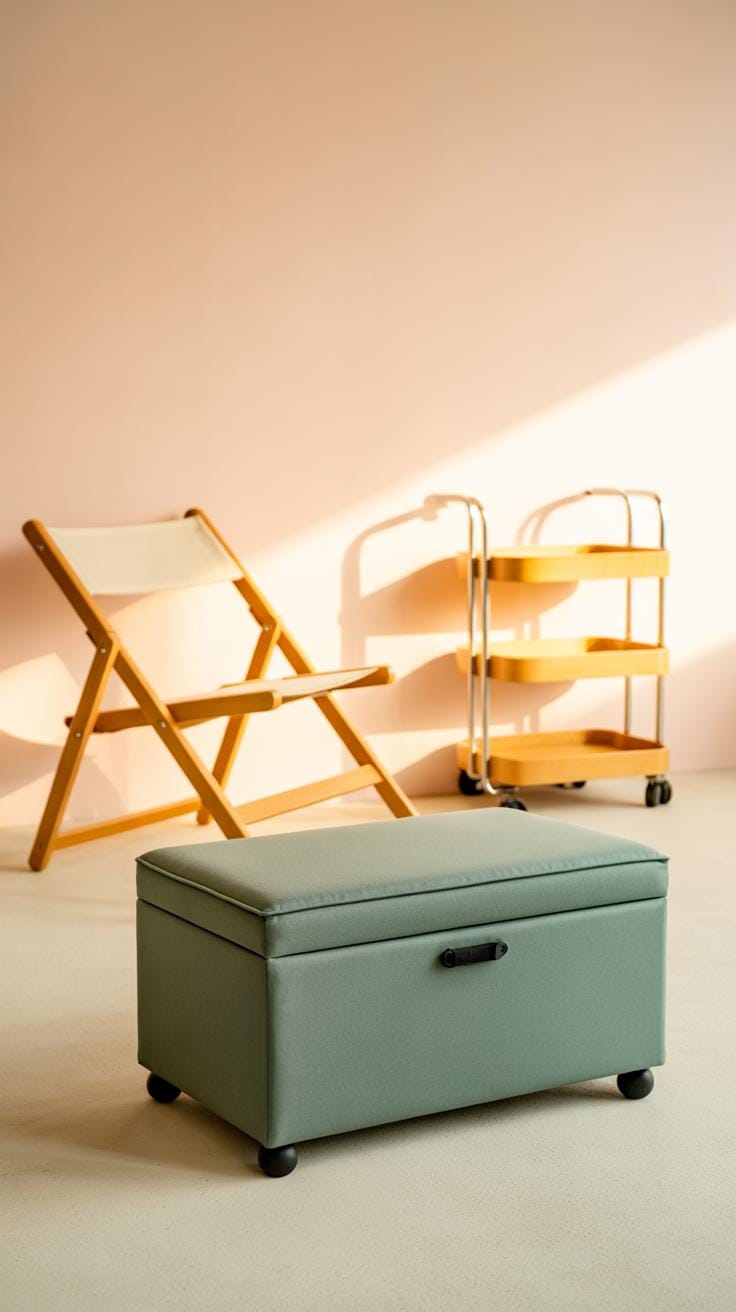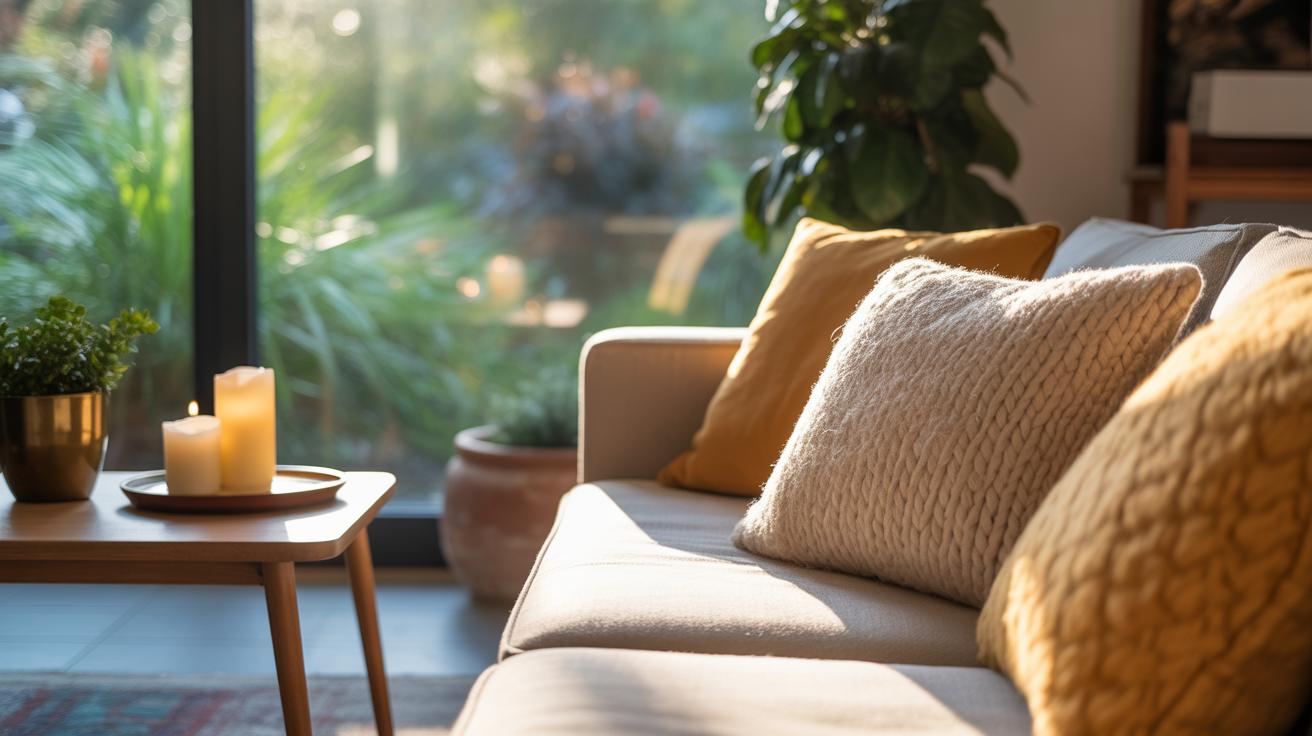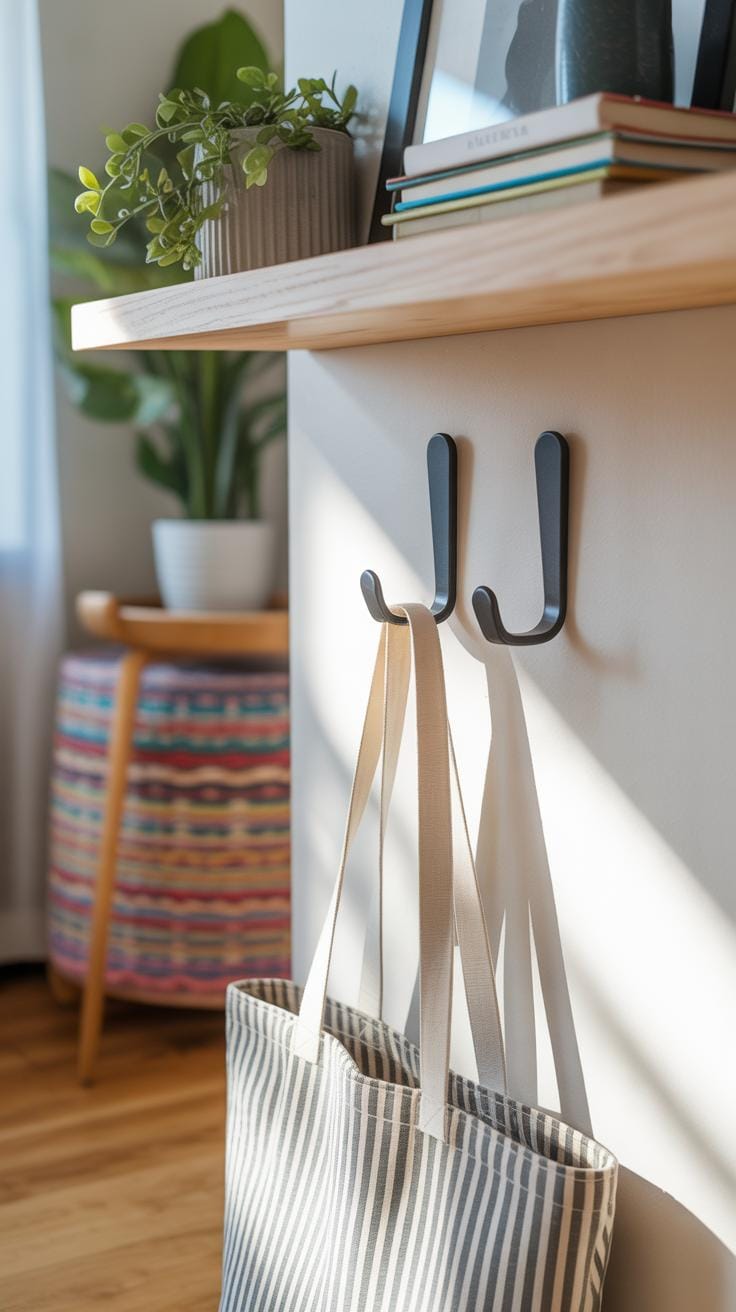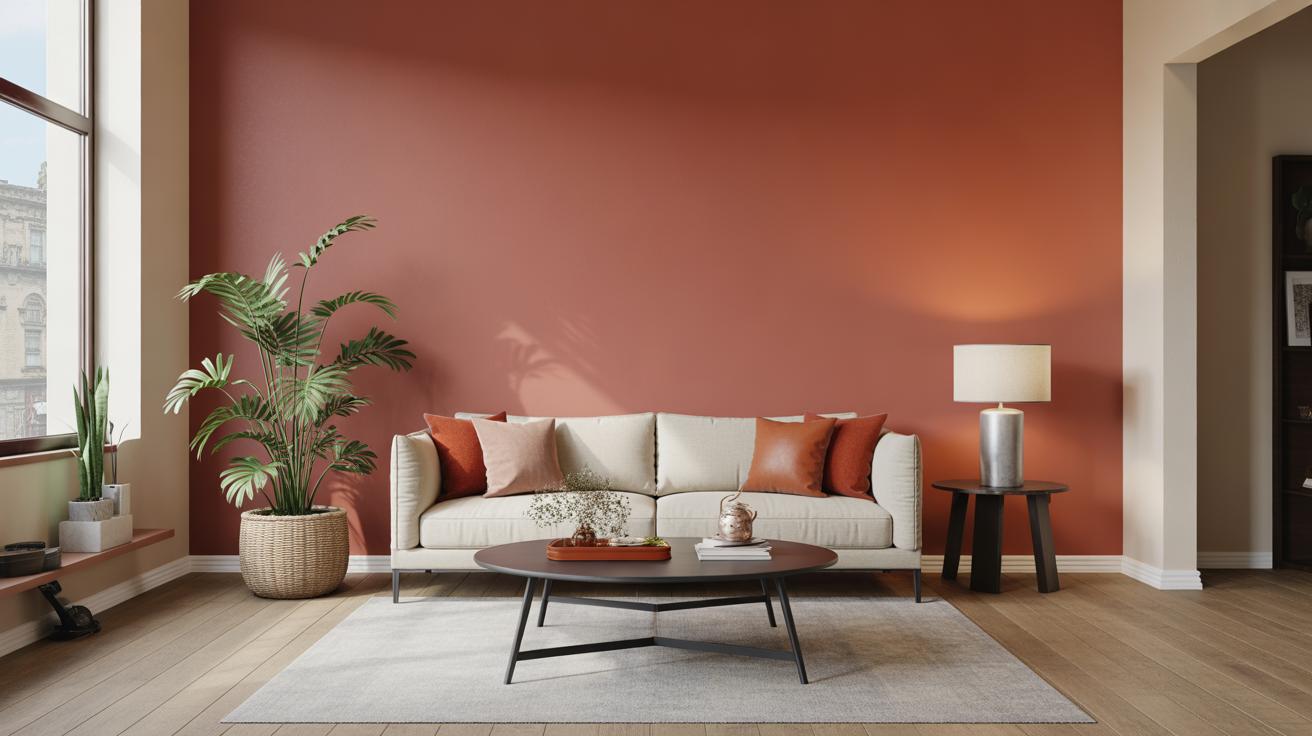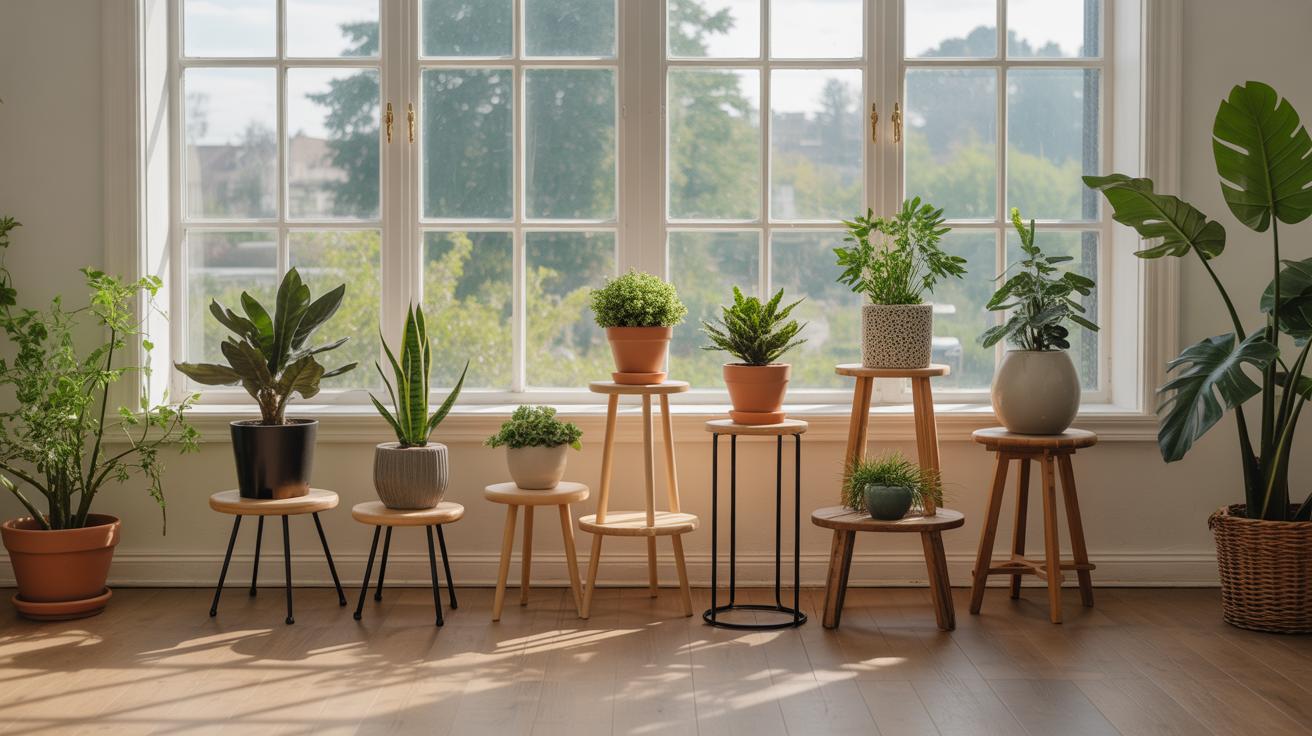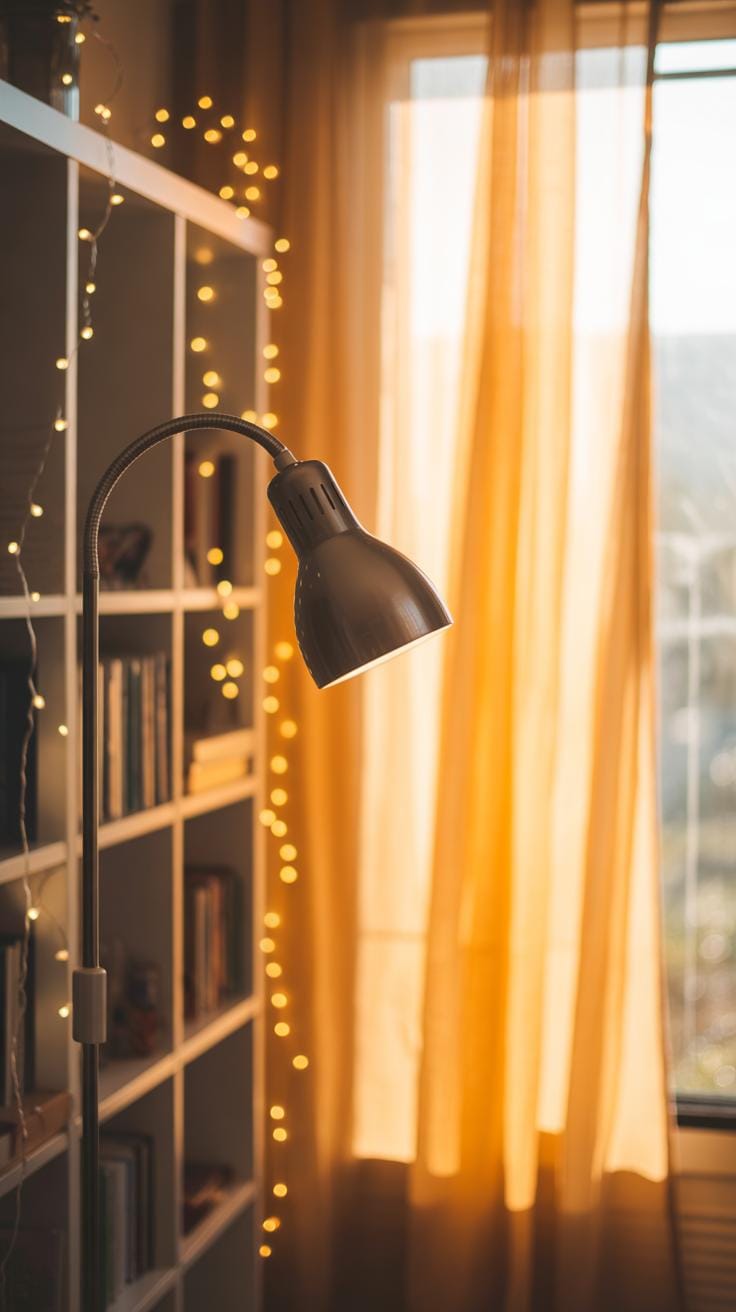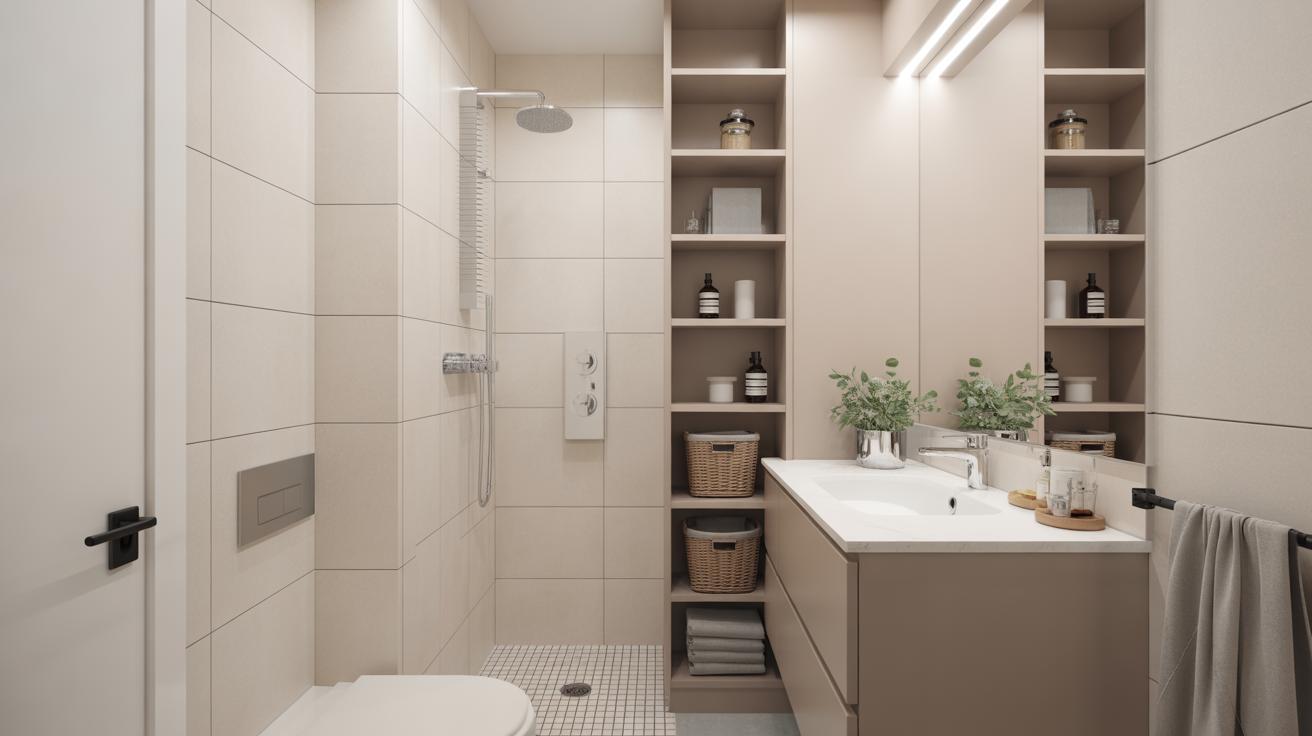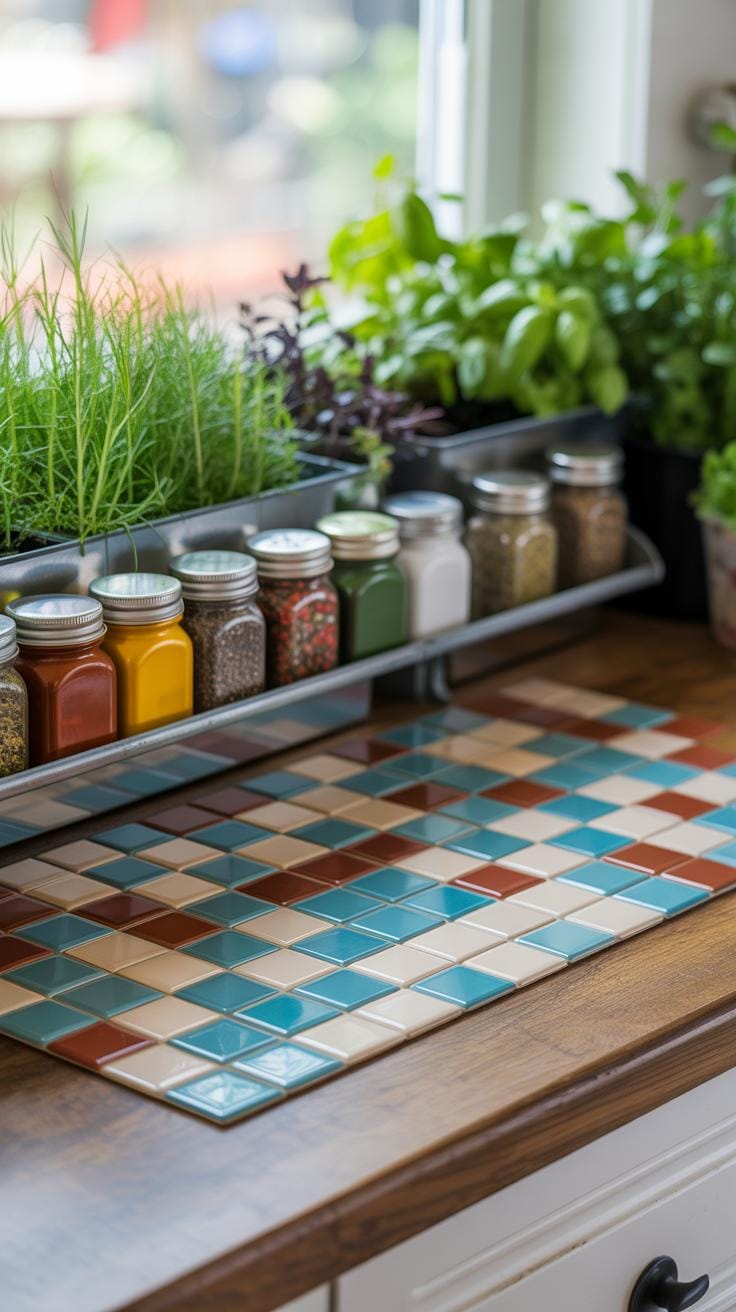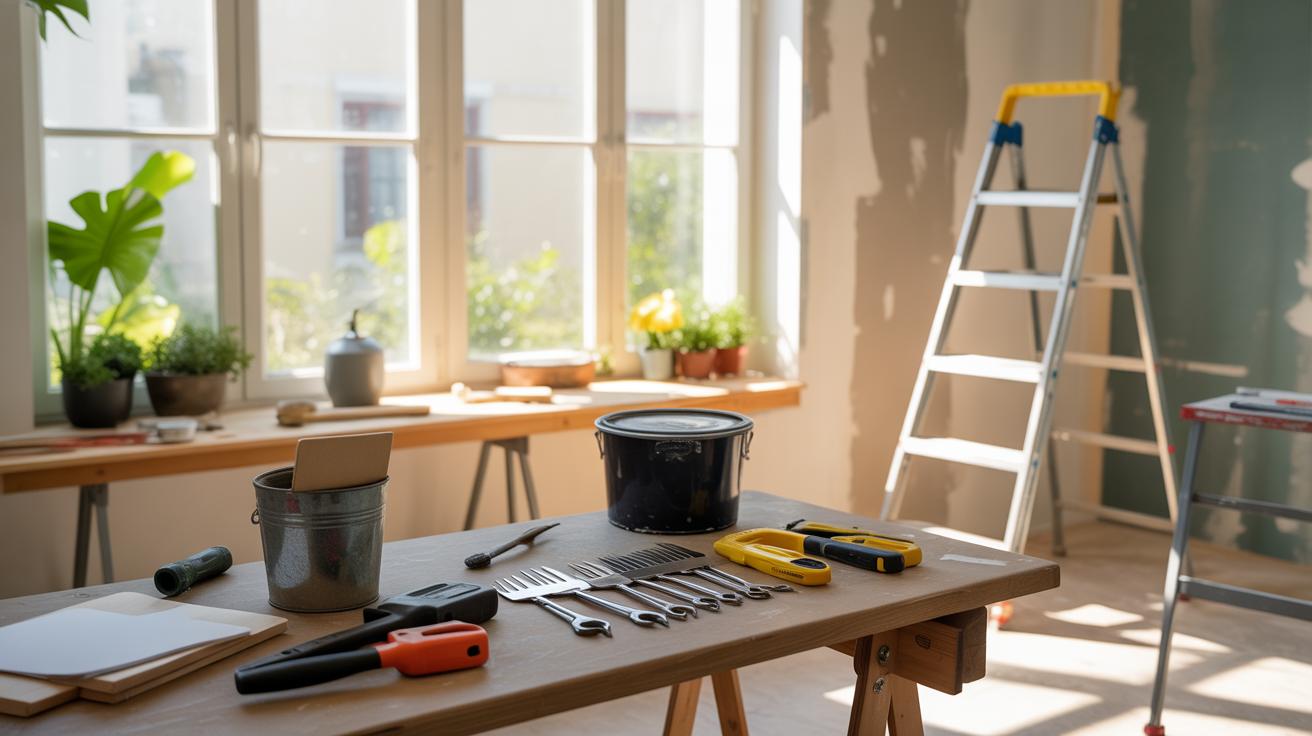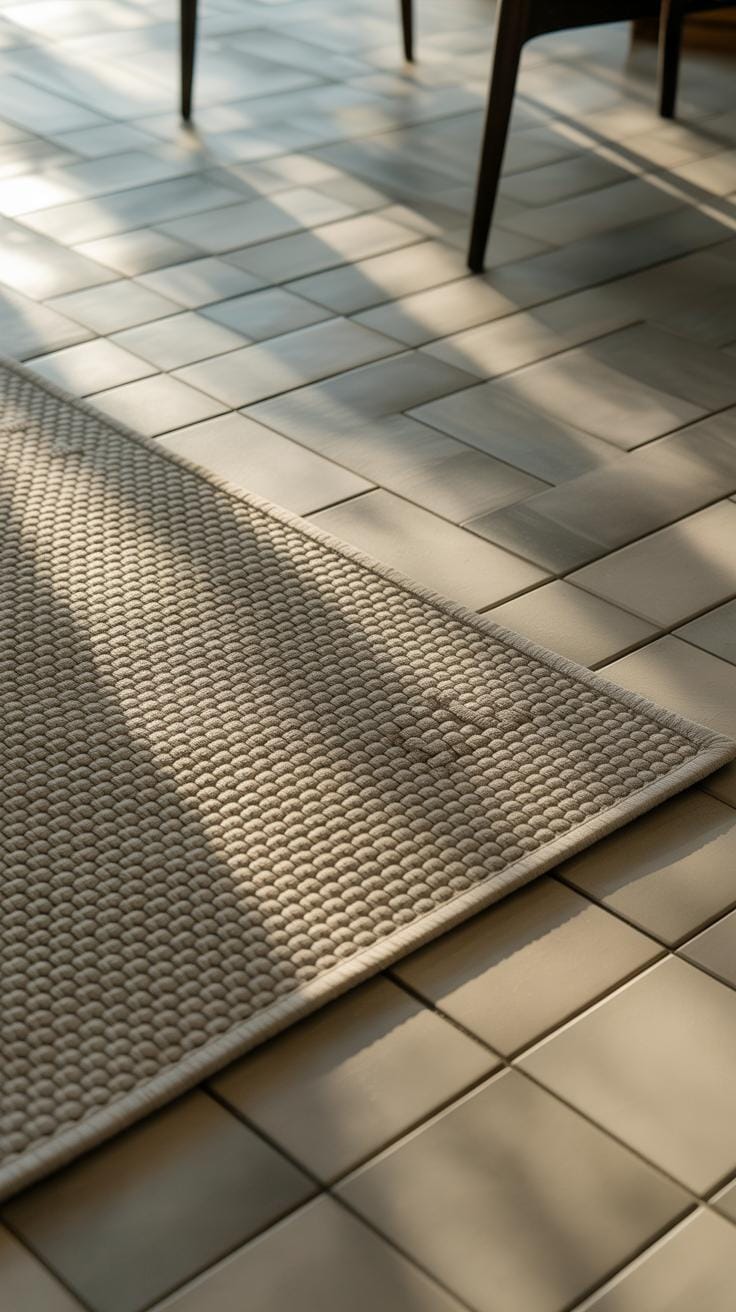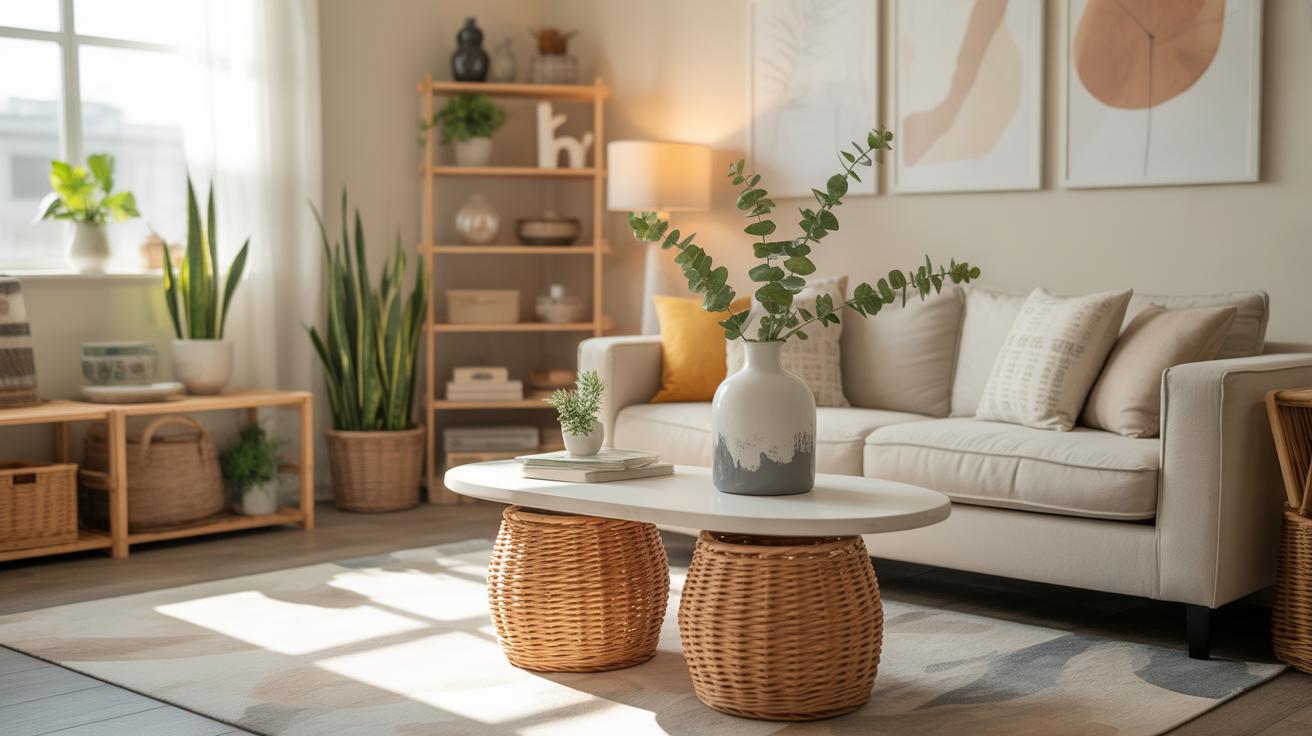Introduction
Living in a small apartment means you need ideas that make your space feel large, comfy, and stylish without making big or permanent changes. You want your home to look good and function well while keeping it easy to move out without problems. Stylish renter friendly solutions can help you do this without hassle or damage to the apartment.
In this article, you will find simple design tips and special tricks for small apartments that respect rental rules. We will explore clever furniture, smart storage ideas, and easy improvements that anyone can use. These tips will help you enjoy a better home without worrying about your lease.
Choosing Flexible Furniture for Small Spaces
In small apartments, space feels like a precious commodity—probably more than anywhere else. That’s why picking furniture that bends to your needs is really the way to go. It’s not just about squeezing pieces in. It’s about how your furniture can shift, fold, or hide away when you need to change things up. A fold-out bed, for example, can free up your living room during the day and give you a comfy place to sleep at night. Nesting tables might seem simple, but they stack up neatly, leaving the floor clear when you don’t need extra surfaces. Storage ottomans? They double as seats and hidden bins for blankets or shoes, which means fewer things cluttering the apartment.
These options let renters tailor their spaces without hitting walls with nails or drilling—something that many leases don’t allow. And honestly, moving becomes less of a headache when your furniture is designed to move. Flexible pieces can be everything from a console that converts into a desk to a lightweight dresser that slides around on small wheels. They’re practical, sure, but they also help your space adapt to what you’re actually doing, rather than forcing you to live around a rigid layout.
Multi-Purpose Furniture Options
Certain furniture pieces are basically made for apartment living because they do more than one job. Think about convertible sofas: a couch during the day, a bed at night. They cut down on the need for separate bulky items. Wall-mounted desks also strike me as a smart pick, especially when you’re tight on floor space. They fold up when not needed, and some even come with built-in shelves to stash stationery or electronics. It’s like having a workspace without dedicating an entire corner to it.
Another example would be tables that come with drop leaves—they expand when you want to entertain but shrink back when it’s just you. These kinds of choices let you live more freely without feeling boxed in. Plus, they’re usually easy to take along if you move, which is something renters often have to reckon with sooner or later.
Benefits of Lightweight and Movable Pieces
Lightweight furniture doesn’t just make moving easier, though that’s a big plus. It also lets you fiddle with arrangements without needing to wait for help. When you can swiftly slide a chair or fold a table, your room feels more flexible on a daily basis. I mean, why stick with one layout if you can try different setups in a single day? The convenience of portability also means less risk of damaging floors or walls while rearranging. And let’s be honest, if you’ve ever struggled to get a heavy drawer through a narrow doorway, you know the value of lower weight firsthand.
It’s worth thinking of those frequent shifts not as chores but as simple tweaks that keep your space fresh. Movable furniture invites you to experiment. Maybe your small apartment isn’t so limiting when you can reconfigure it without any hassle.
Smart Storage Solutions That Dont Damage Walls
For renters, the challenge often lies in keeping small apartments organized without leaving marks or holes behind. Luckily, there are plenty of storage solutions that don’t require drilling or permanent attachments, so you can keep your space tidy and intact.
Tension rods are surprisingly versatile when used vertically. You can install them inside cabinets to hang cleaning supplies or scarves. Or, place one low in a closet to create an extra shelf using baskets. I once used tension rods in a bathroom to hold lightweight baskets that keep toiletries off the sink—no nails needed and no mess.
Over-the-door organizers take advantage of overlooked areas. Whether it’s shoes, accessories, or pantry items, hanging organizers keep things within reach yet out of the way. These don’t strain the door or walls and give instant storage, which is perfect if you don’t want to rearrange furniture just to fit another shelf.
Freestanding shelves and storage units can be lifesavers. They come in various heights and widths, fitting snugly into corners or along walls. A simple wooden shelf near the entrance for shoes or keys can change your daily rhythm without a single screw. Plus, you can move them anytime if your needs change—or if you want to rearrange. While they don’t free up wall space like some mounted units, their flexibility often outweighs that.
Have you tried using a tension rod or a standing shelf to solve your storage dilemma? It’s almost like the room adapts to you, not the other way around. Sometimes keeping renters’ spaces damage-free just means thinking a bit outside the typical hooks-and-nails approach.
Decorating with Temporary Wall Treatments
Walls often feel like blank canvases, but in a rental, painting or permanent fixtures are usually off-limits. That’s where removable wallpaper and decals come into play. They offer an easy way to add personality without worrying about damage or extra work when moving out.
Removable wallpaper comes in various textures and patterns—some mimic real paint or fabric. It sticks on smoothly and peels off cleanly if done right. The key is to prep the wall carefully, ensuring it’s clean and dry before applying. When it’s time to remove, slowly peeling from a corner helps prevent any peeling of underlying paint. Decals work similarly but often come in smaller sizes and fun shapes, letting you create little focal points without overwhelming the space.
Fabric also offers a soft alternative to wall art. Hanging quilts, art prints, or even large pieces of fabric can warm up your apartment instantly. Using non-damaging hooks or adhesive clips that leave no residue lets you switch things up whenever you want. I once switched a bright geometric fabric for a cozy knit wall hanging just by swapping out clips on the same hooks—no fuss and no holes.
Does your apartment’s personality get lost because you can’t alter the walls? Temporary treatments might be the nudge your space needs, combining style and renter sense. It’s worth trying, even if just on a small accent wall to start. What patterns or textures speak to you, I wonder?
Lighting Tricks to Brighten Small Apartments
Lighting can change everything in a small apartment, yet renters often feel stuck with what’s already there. Luckily, you don’t have to rewire or patch walls to improve it. Floor and table lamps offer a straightforward way to add both light and style without any permanent tweaks. When picking lamps, consider pieces with dimmers or multiple bulbs—you can adjust the mood easily. Think about size, too; a tall floor lamp fits nicely in corners and doesn’t eat up precious surface space.
Battery-powered lights open up even more possibilities. LED strips, for instance, can be tucked under shelves or behind furniture to create soft glows without a plug. Fairy lights, too, might seem simple, but hung around a mirror or draped over bookcases, they add a surprising level of warmth. Plus, they use very little energy—your electric bill probably won’t notice.
One tricky part: sometimes more light feels harsh rather than cozy. Combining a few lamps with soft battery-powered strands usually hits the right balance. Have you tried layering different types of light in your space? It might take some experimenting, but it can really make a difference.
Enhancing Kitchens with Easy Upgrades
Making a rented kitchen feel more functional and stylish doesn’t have to involve permanent changes. Small upgrades can bring surprising improvements—and they’re usually affordable and quick to do.
Take removable shelf liners, for example. They protect surfaces from spills and stains, but also add a bit of color or pattern behind your dishes. I once tried some with a subtle texture and found that they made my cabinet interiors easier to clean without looking cheap or tacky.
Using Peel and Stick Materials in the Kitchen
Peel-and-stick products have changed the game a bit. You can freshen up your counters or backsplash without glue, nails, or drills. The adhesive isn’t permanent, which means you don’t risk losing your deposit if you peel it off later. I wonder though—how long before some spots start to peel? Still, when they work, these tiles or liners transform bland walls into a neat feature.
You’ll want to pick materials that are moisture resistant, especially near the sink. Easy to clean surfaces also make daily life less of a hassle. Trying different patterns can also add personality that you might have thought impossible in a rental.
Portable Islands and Carts for Extra Workspace
Extra counter space always helps, especially in small kitchens. Portable islands or rolling carts do just that without requiring installation. You can move them around, tuck them away, or even take one with you if you move elsewhere.
Some carts come with shelves or drawers, packing in more storage, which helps reduce countertop clutter. I’ve found that having a cutting board on top of a cart can effectively add a prep station that feels like it belongs. Not every cart or island fits perfectly, though, so measuring your space carefully before buying is worth the time.
These flexible options make it easier to cook and stay organized, whether you’re whipping up breakfast or tackling a more involved meal. It might not feel like a full renovation, but these little changes can make a big difference in everyday use.
Floor Coverings that Protect and Style
Rugs and mats can change the feel of a small apartment in an instant. They bring warmth, comfort, and a splash of style while shielding your floors from scratches, spills, and everyday wear. When picking floor coverings, look for ones with non-slip backing or add a quality rug pad underneath to keep them firmly in place. That’s especially crucial if you have smooth floors like hardwood or tile, which tend to be slippery and prone to marks.
Choosing the right rug isn’t just about color or pattern — the backing matters. Natural rubber or latex-backed rugs offer grip but might leave residue on delicate floors. In that case, a felt rug pad can protect your surfaces and still prevent slips. You want to avoid rugs that shift every time you step on them because that’s both annoying and unsafe.
Layering rugs can introduce an unexpected depth and texture without any commitment. For instance, slipping a smaller, patterned rug over a larger neutral one can bring color or visual interest without overcrowding a tiny space. It’s trickier than it sounds to get the scale right, but once you do, it really lifts the room’s look.
It’s tempting to buy a single statement rug, but for renters, layering offers flexibility. You can swap smaller rugs out for new styles or seasons, and it doesn’t affect the underlying floor. Plus, moving rugs around gives you a fresh vibe without needing to replace big pieces.
Organizing Closets with NonInvasive Systems
Closet organization can feel like a challenge when you can’t make permanent changes. But with renter friendly tools, it’s possible to keep your clothes neat and accessible without risking damage to walls or fixtures.
Fabric or plastic hanging shelves are surprisingly easy to install. You just hang them from your existing closet rod, creating new levels for sweaters, shoes, or folded items. It’s like multiplying your storage space without any hassle. I’ve tried a few of these, and they really shift how much you can fit in a small closet.
Removable hooks and tension rods also add flexible options. You can hang scarves, bags, or belts on hooks stuck to the closet walls or door. Tension rods fitted inside can create extra hanging space for lighter items — and since they rely on pressure, they go up and come down quickly without a mark or a hole.
These tools keep your things visible and tidy but also avoid the problem of overcrowding. It’s a small convenience but changes the way you interact with your closet every day. Does a cluttered closet actually make mornings harder, or is it only me?
Using Plants for Style and Air Quality
Bringing plants into a small apartment does more than just add a bit of green—it can actually improve the air you breathe. They help filter out toxins and add moisture, which is quite nice, especially in dryer spaces. Beyond health benefits, plants bring life and softness to rooms that might otherwise feel cold or cramped.
For renters, the trick is to find ways to include plants without risking damage. Hanging planters that attach with adhesive hooks or tension rods are smart choices. They keep surfaces clear and won’t leave permanent marks. Pots with built-in trays catch excess water and protect surfaces. Small stands or trays on the floor can also group plants neatly, avoiding scratches or stains.
Choosing Plants That Fit Small Spaces
Some plants suit tiny apartments better than others. Low-maintenance and compact varieties reduce fuss and space use. You might try:
- Snake plants—they tolerate low light and sparse watering.
- Succulents—need little water, come in tiny pots.
- Spider plants—grow quickly but stay compact with trimming.
- ZZ plants—handle neglect well, perfect for forgetful plant owners.
- Pothos—trail nicely from shelves or hangers, adding visual interest without bulky leaves.
If you’re uncertain about your green thumb, pick something forgiving. Maybe a pothos that can survive a missed watering or two.
Renter Friendly Planters and Holders
Choosing planter style matters when you want to avoid damage. Adhesive hooks are a renter favorite. They hold hanging planters without the holes of traditional hooks. Floor trays or mats beneath pots prevent water spots or dirt rings on wood or carpet.
Consider lightweight pots that you can move easily—ceramic can be heavy and sometimes scratchy. Plastic or resin often works just fine. Group plants in clusters on trays or shallow boxes to minimize footprint and spills.
Have you thought about placing plants on top of furniture that’s easy to clean, like a dining table or a shelf below a window? It keeps them visible but contained, cutting down mess and accidental spillage.
Maintaining a Damage Free Apartment
Keeping your apartment in good shape while making renter-friendly changes can feel like a balancing act. You want to personalize your space without leaving a trace when it’s time to move on. Using furniture pads under chairs and tables can prevent scratches on hardwood or laminate floors, which is something I’ve learned the hard way after a tiny scrape caught my landlord’s eye once. Felt pads are cheap, easy to apply, and they don’t shift much, which helps avoid those little annoying marks.
When it comes to walls, opting for sticky hooks or removable adhesive strips for hanging things saves you from drilling holes. I think many of us get tempted to hammer something in, but even small holes can cost you. Corner guards are useful too, especially if you have sharp furniture edges that might scuff the walls—it’s a small step but can save headaches later.
Keeping your apartment clean isn’t just about looks. Regularly wiping down surfaces and vacuuming can prevent dirt buildup that might lead to stains or wear. A quick patch-up with some soap and water or touch-up paint from a removable kit can make a room feel almost new again before you hand over the keys. You might wonder if it’s worth the effort; honestly, some small fixes often save more than a security deposit might.
Conclusions
Making your small apartment renter friendly and stylish is all about smart choices and simple solutions. Using ideas that protect the apartment while making it better for you helps you create a home that fits your life and style. These options are easy to change and leave no harm behind, so you can enjoy your space now and move with peace later.
Remember, the best renter friendly changes are the ones that work well for your daily needs and make your place a joy to live in. Try the smart designs and upgrades shared here to find comfort and style in your small apartment without any stress or damage.


